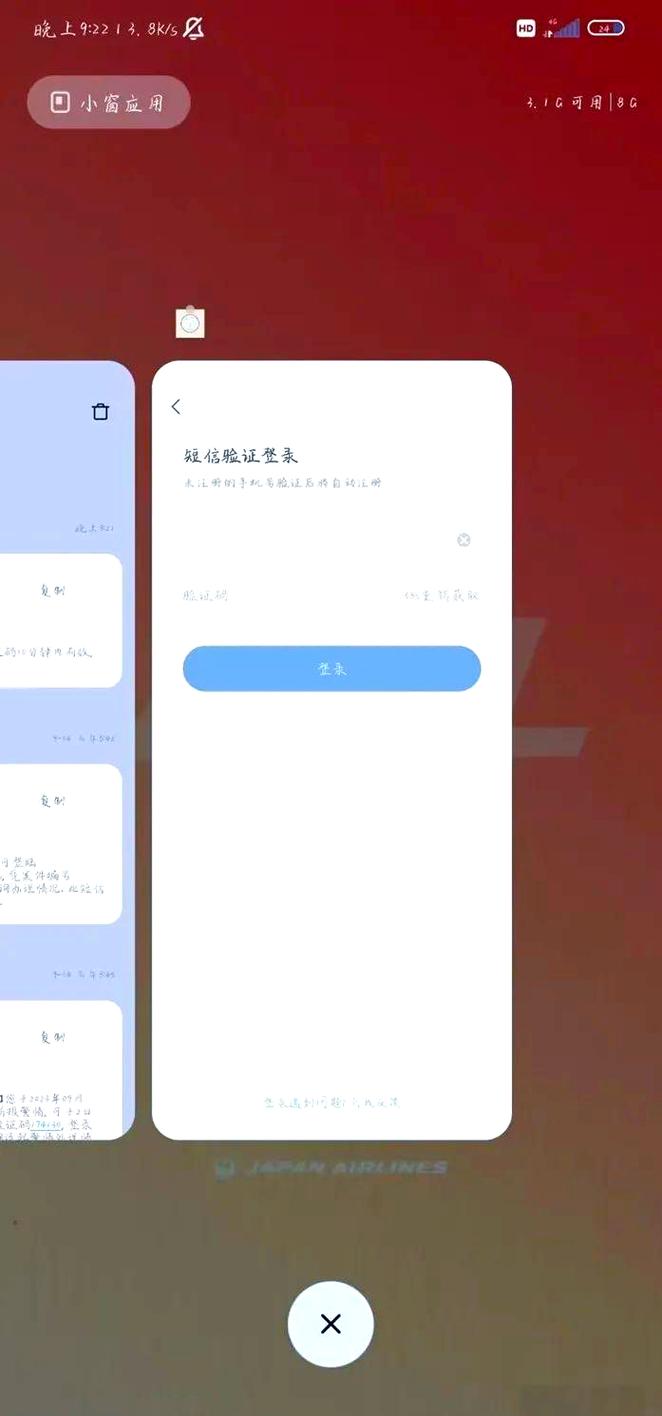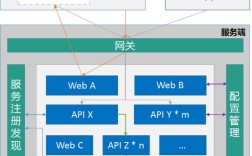在网页开发中,添加验证码是提升安全性的重要手段,可以有效防止恶意注册、暴力破解等攻击行为,下面将详细介绍如何在HTML中集成验证码功能,包括前端展示、后端验证及常见实现方式。

验证码的基本原理
验证码(CAPTCHA)的全称是“全自动区分计算机和人类的公开图灵测试”,其核心目的是区分用户是真人还是机器程序,常见的验证码类型包括图形验证码、短信验证码、邮箱验证码等,其中图形验证码因实现简单且成本较低,成为网页中最常用的形式。
图形验证码的实现步骤
前端HTML结构
首先需要在表单中添加验证码相关的HTML元素,包括显示验证码的图片、输入框和刷新按钮,以下是一个基础示例:
<form id="loginForm">
<div>
<label for="username">用户名:</label>
<input type="text" id="username" name="username" required>
</div>
<div>
<label for="password">密码:</label>
<input type="password" id="password" name="password" required>
</div>
<div>
<label for="captcha">验证码:</label>
<input type="text" id="captcha" name="captcha" required>
<img id="captchaImg" src="/api/captcha" alt="验证码" title="点击刷新验证码">
<button type="button" id="refreshCaptcha">刷新</button>
</div>
<button type="submit">登录</button>
</form>
样式美化
使用CSS对验证码区域进行样式优化,提升用户体验:
#captchaImg {
cursor: pointer;
vertical-align: middle;
margin: 0 10px;
border: 1px solid #ddd;
}
#refreshCaptcha {
padding: 5px 10px;
background-color: #f0f0f0;
border: 1px solid #ccc;
cursor: pointer;
}
#refreshCaptcha:hover {
background-color: #e0e0e0;
}
前端交互逻辑
通过JavaScript实现验证码刷新功能,例如点击图片或刷新按钮时重新获取验证码:

document.getElementById('captchaImg').addEventListener('click', function() {
this.src = '/api/captcha?t=' + new Date().getTime(); // 添加时间戳防止缓存
});
document.getElementById('refreshCaptcha').addEventListener('click', function() {
document.getElementById('captchaImg').src = '/api/captcha?t=' + new Date().getTime();
});
后端生成验证码
后端需要实现验证码生成接口,以Node.js为例,可以使用canvas库绘制图形验证码:
const express = require('express');
const { createCanvas } = require('canvas');
const app = express();
app.get('/api/captcha', (req, res) => {
const width = 120, height = 40;
const canvas = createCanvas(width, height);
const ctx = canvas.getContext('2d');
// 生成随机验证码
const captchaText = Math.random().toString(36).substring(2, 6).toUpperCase();
req.session.captcha = captchaText; // 存储到session中
// 绘制背景
ctx.fillStyle = '#f6f6f6';
ctx.fillRect(0, 0, width, height);
// 绘制文字
ctx.font = '24px Arial';
ctx.fillStyle = '#333';
ctx.fillText(captchaText, 30, 28);
// 添加干扰线
for (let i = 0; i < 4; i++) {
ctx.strokeStyle = `rgb(${Math.random() * 255}, ${Math.random() * 255}, ${Math.random() * 255})`;
ctx.beginPath();
ctx.moveTo(Math.random() * width, Math.random() * height);
ctx.lineTo(Math.random() * width, Math.random() * height);
ctx.stroke();
}
res.type('image/png');
res.send(canvas.toBuffer());
});
app.listen(3000, () => console.log('Server running on port 3000'));
后端验证逻辑
在表单提交时,后端需要验证用户输入的验证码是否正确:
app.post('/api/login', (req, res) => {
const { username, password, captcha } = req.body;
if (captcha.toUpperCase() !== req.session.captcha) {
return res.status(400).json({ error: '验证码错误' });
}
// 其他验证逻辑...
});
验证码类型对比
以下是常见验证码类型的优缺点对比:
| 验证码类型 | 优点 | 缺点 | 适用场景 |
|---|---|---|---|
| 图形验证码 | 实现简单,无需依赖外部服务 | 可通过OCR识别 | 基础表单验证 |
| 短信/邮箱验证码 | 安全性高,用户友好 | 需要第三方接口,成本较高 | 重要操作验证(如密码重置) |
| 滑动验证码 | 用户体验好,可防简单机器人 | 需要前端配合,实现较复杂 | 高安全性需求场景 |
| 行为验证码 | 无需用户主动操作,分析用户行为 | 算法复杂,误判率较高 | 大型网站反爬 |
增强验证码安全性的建议
- 增加干扰元素:在图形验证码中添加噪点、干扰线或扭曲文字。
- 设置有效期:验证码生成后5-10分钟内有效,超时自动失效。
- 限制尝试次数:同一IP或用户连续输错3次后,锁定验证码功能15分钟。
- 使用HTTPS:防止验证码数据在传输过程中被截获。
相关问答FAQs
问题1:验证码不显示或刷新失败怎么办?
解答:首先检查后端接口是否正常响应,查看浏览器控制台是否有网络错误,确认后端服务是否启动,以及验证码生成接口的URL是否正确,如果使用CDN,可尝试清除缓存或绕过CDN直接访问源服务器。

问题2:如何解决验证码在小屏幕设备上显示异常的问题?
解答:可以通过CSS媒体查询调整验证码图片和输入框的响应式布局,例如设置max-width: 100%确保图片不会溢出容器,在小屏幕上使用flex-wrap: wrap让元素自动换行,并适当减小字体大小和间距。











